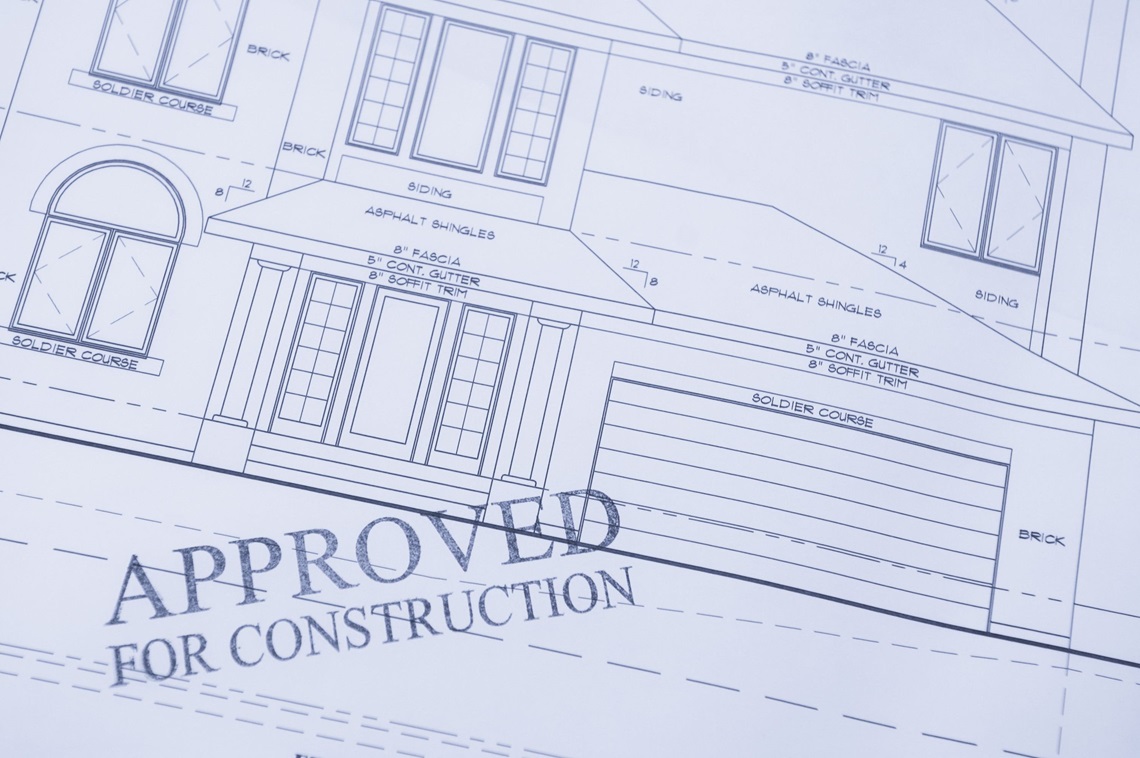On the heels of two consecutive months of homebuilder confidence increases that broke a four-month streak of drops, the latest data on single-family housing starts and permits from the U.S. Census Bureau and the U.S. Department of Housing and Urban Development bears that sentiment out.
According to the bureau’s September Monthly New Residential Construction report, single-family housing starts in September were at a rate of 1,027,000 or 2.7% above the revised August figure of 1,000,000. Single-family building permits also were up slightly from the revised August figure of 967,000 to 970,000.
But after a noticeable uptick back in August, U.S. privately owned housing starts, which include both single-family and multi-family (apartments and condos) housing starts, marked a slight decline in September, according to the latest findings. Privately owned housing starts in September were at a seasonally adjusted annual rate of 1,354 million or 0.5% below the revised August estimate of 1,361 million and 0.7% below the September 2023 rate of 1,363 million.
Authorized building permits for the combined single- and multi-family housing units were at 1.43 million, below the revised August figure of 1.47 million, and the September 2023 figure of 1.52 million.
Dr. Lisa Sturtevant, chief economist of Bright MLS, said the results of the September housing starts report are one sign that homebuilders are feeling optimistic about the housing market for “the months ahead.”
“More new construction is essential for easing the housing affordability challenge,” Sturtevant said in a statement. “Housing affordability has been elevated to the national level during the presidential campaign, bringing more attention to the issue. However, the federal government simply does not have a lot of influence over the factors that drive housing affordability. The amount of new housing that gets built primarily is driven by land use and regulatory decisions made at the local level.”
The National Association of Home Builders (NAHB) noted the rise in single-family building permits in a press release. “In the long-run, the most effective way to tackle the nation’s housing affordability crisis is to increase the housing supply. And as the election looms, policymakers need to be focused on the supply-side of the market to let builders build,” said NAHB Chairman Carl Harris.
Robert Dietz, chief economist of the NAHB, projected that the higher mortgage rates in October will “put a damper” on results when the October housing start report comes in, but added, “Nonetheless, NAHB is forecasting a gradual, if uneven, decline for mortgage rates in the coming quarters, with corresponding increases for single-family construction. Multifamily construction will remain weak as completions of apartments are elevated.”
The August overall surge was also attributed to a boost from builders expecting the Federal Reserve to cut interest rates in September (which it did, by 50 basis points).
Regional breakdown
In the August report, housing starts particularly boomed in the Northeast, increasing by 47% from July to August. (Sturtevant called those results “an unusually high increase” in her analysis of the September report.)
At a seasonally adjusted rate, privately owned housing starts in the Northeast rose once more in September. There were 94,000 single-family unit starts in the Northeast during September, up from the revised August figure by 10.6% and from September 2023 by 77.4%. Counting multifamily units, the increase was even higher: 180,000 housing starts, 57.9% higher than August and 109.3% higher than in September 2023.
The Northeast was the only U.S. region that saw monthly increases across single- and multifamily units. (Though the South saw a 6.6% rise in single-family units, from 564,000 to 601,000.)
Compared to the Northeast, the remaining regions posted these results:
- Midwest: 197,000 starts in August to 179,000 in September (-9.1%)
- South: 764,000 starts in August to 738,000 in September (-3.4%)
- West: 286,000 starts in August to 257,000 in September (-10.1%)
The raw numbers of the data show that, while the Northeast is seeing the largest uptick in construction, the overall housing market is much larger in the South and the West. The construction dip in these markets could indicate that builders sense waning demand, though the increase in Southern single-family units starts complicates that.
Read the full report here.

